We’ll always have a soft spot for circuit sculpture projects; anything with components supported on nice tidy rows of brass wires always captures our imagination. But add to that a little bit of light and a lot of sound, and you get something like this hybrid synthesizer sculpture that really commands attention.
[Eirik Brandal] calls his creation “corwin point,” and describes it as “a generative dual voice analog synthesizer.” It’s built with a wide-open architecture that invites exploration and serves to pull the eyes — and ears — into the piece. The lowest level of the sculpture has all the “boring” digital stuff — an ESP32, the LED drivers, and the digital-to-analog converters. The next level up has the more visually interesting analog circuits, built mainly “dead-bug” style on a framework of brass wires. The user interface, mainly a series of pots and switches, lives on this level, as does a SeeedStudio WIO terminal, which is used to display a spectrum analyzer of the sounds generated.
Moving up a bit, there’s a seemingly incongruous vacuum tube overdrive along with a power amp and speaker in an acrylic enclosure. A vertical element of thick acrylic towers over all and houses the synth’s delay line, and the light pipes that snake through the sculpture pulse in time with sequencer events. The video below shows the synth in action — the music that it generates never really sounds the same twice, and sounds like nothing we’ve heard before, except perhaps briefly when we heard something like the background music from Logan’s Run.
Hats off to [Eirik] for another great-looking and great-sounding build; you may remember that his “cwymriad” caught our attention earlier this year.
Continue reading “Sight And Sound Combine In This Engaging Synthesizer Sculpture”


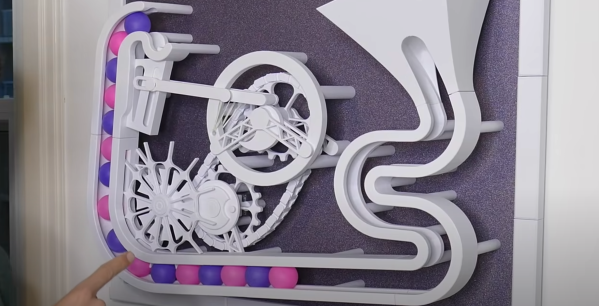
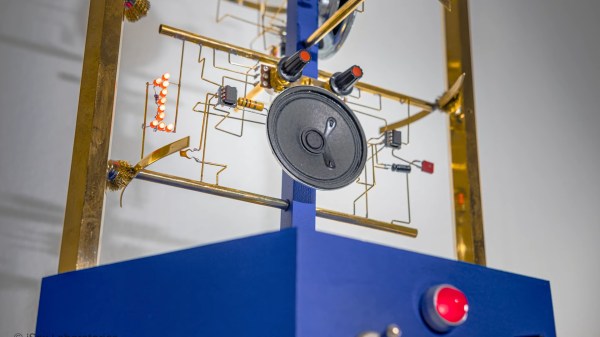
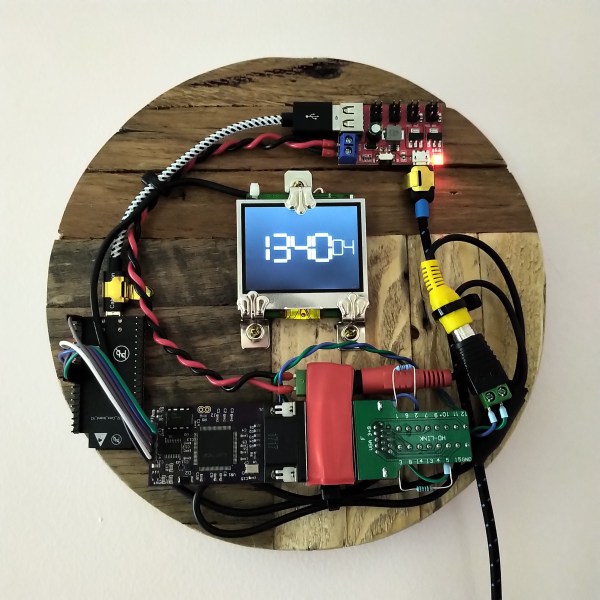
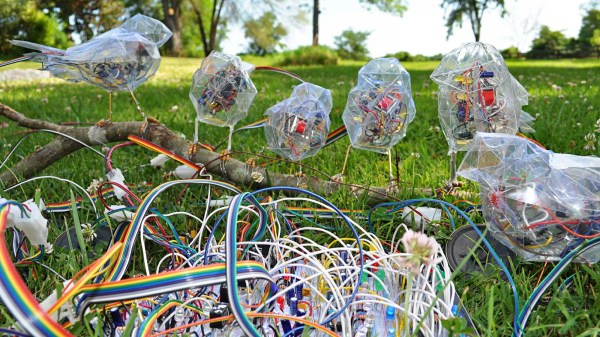



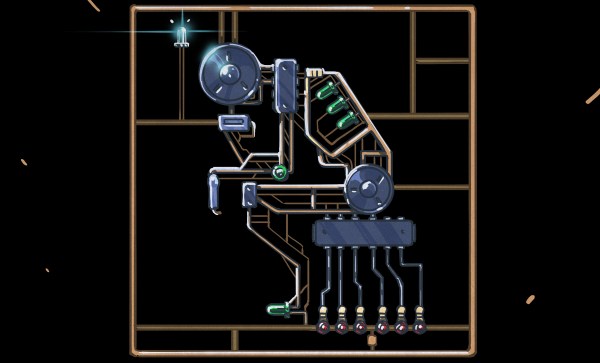



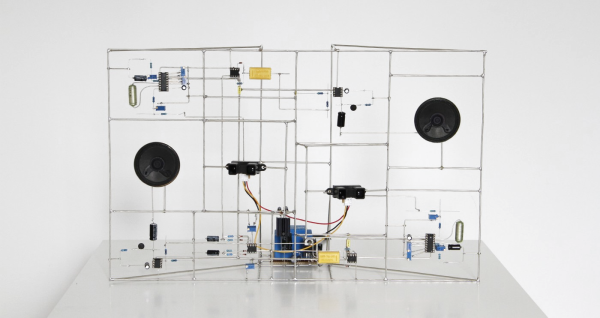
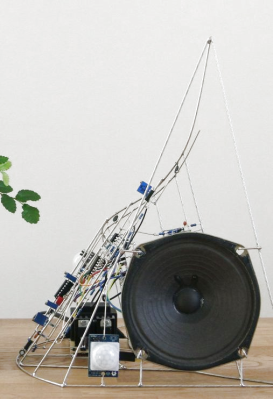 When it rains, it pours (wonderful electronic sculpture!). The last time we posted about freeform circuit sculptures there were a few eye-catching comments mentioning other fine examples of the craft. One such artist is [Eirik Brandal], who has a large
When it rains, it pours (wonderful electronic sculpture!). The last time we posted about freeform circuit sculptures there were a few eye-catching comments mentioning other fine examples of the craft. One such artist is [Eirik Brandal], who has a large 









